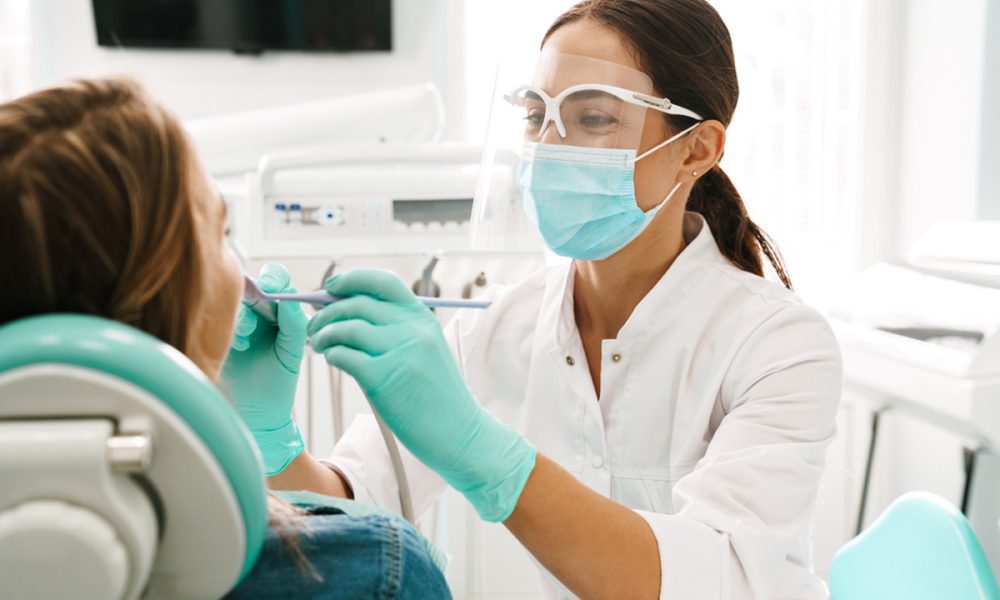Introduction
Dental lab technology has seen some remarkable advances in recent years. These advancements have led to more efficient and accurate dental treatments for patients. The dental industry has undergone a significant transformation, and the rise of digital technology has been at the forefront.
Patients can now seek out modern dental labs, such as dental labs NYC, to experience the benefits of these technologies first-hand. To find reputable dental crown labs, you can search “dental crown labs near me.” In this article, we will look at recent innovations in dental lab technology and how they improve dental treatment outcomes for patients.
Traditional methods of dental labs
Traditionally, dental labs used techniques such as impressions, stone models, and wax-ups to create dental restorations like crowns, bridges, and dentures. These methods were time-consuming and often resulted in inaccuracies, leading to the need for multiple appointments to get a proper fit. The process also required the patient to stay in the chair for longer, which is uncomfortable for many people.
Digital scanners
Digital scanners are becoming increasingly popular in dental labs. They are handheld devices that capture the shape and size of the teeth and gums in 3D. The technology allows for more accurate measurements and eliminates the need for traditional impressions. Digital scanners are comfortable for patients as they don’t require the use of putty-like materials to create molds of their teeth.
Benefits of digital scanners
Digital scanners offer a wide range of benefits, such as faster turnaround times and more precise measurements. The scans can be sent to the dental lab digitally, reducing the time needed for shipping and processing. The technology also allows for the creation of more accurate restorations, ensuring a better fit and more comfortable experience for the patient.
Comparison of traditional methods and digital scanners
Traditional methods of creating dental restorations involved taking impressions, which could be uncomfortable and time-consuming. The molds also had a high risk of inaccuracies, leading to multiple appointments and further inconvenience for the patient. Digital scanners are quicker, more accurate, and more comfortable for patients. They eliminate the need for physical molds, reducing the chance of errors and making the process more efficient.
CAD/CAM Technology
Computer-Aided Design (CAD) and Computer-Aided Manufacturing (CAM) technology is being used more frequently in dental labs. It allows for the creation of dental restorations like crowns, bridges, and dentures using digital technology. The process starts with a digital scan of the teeth, which is then used to create a 3D model. The design is then sent to a milling machine that can create the restoration from a block of material.
Benefits of CAD/CAM technology
CAD/CAM technology offers many benefits, such as increased accuracy, reduced production time, and a more comfortable patient experience. The process also requires fewer appointments, reducing the overall time spent in the dental chair.
Comparison of traditional methods and CAD/CAM technology
Traditional methods of creating dental restorations involve a lot of manual labor, which can be time-consuming and prone to errors. CAD/CAM technology eliminates the need for manual labor, reducing the chance of errors and allowing for a more precise fit. The technology also eliminates the need for physical molds, making it more comfortable for the patient.
3D Printing
3D printing has been used in dental labs for several years. It involves the use of a digital 3D model that is printed layer by layer using a specialized printer. The technology allows for the creation of dental restorations like crowns and dentures, as well as orthodontic devices like clear aligners.
Benefits of 3D printing
3D printing offers several benefits, including increased accuracy, reduced production time, and the ability to create highly detailed and customized restorations. The technology also allows for the creation of more complex shapes and designs, which can be challenging to achieve using traditional methods.
Comparison of traditional methods and 3D printing
Traditional methods of creating dental restorations can be time-consuming and prone to errors. 3D printing eliminates the need for manual labor and physical molds, reducing the chance of errors and allowing for a more precise fit. The technology also allows for the creation of more complex shapes and designs, which can be difficult to achieve using traditional methods.
Conclusion
In conclusion, recent advances in dental lab technology have revolutionized the industry and improved patient dental treatment outcomes. Digital scanners, CAD/CAM technology, and 3D printing have all contributed to faster, more accurate, and more comfortable dental treatments. If you’re in need of dental restoration, be sure to seek out a dental lab that utilizes modern technology for the best possible treatment experience.

















